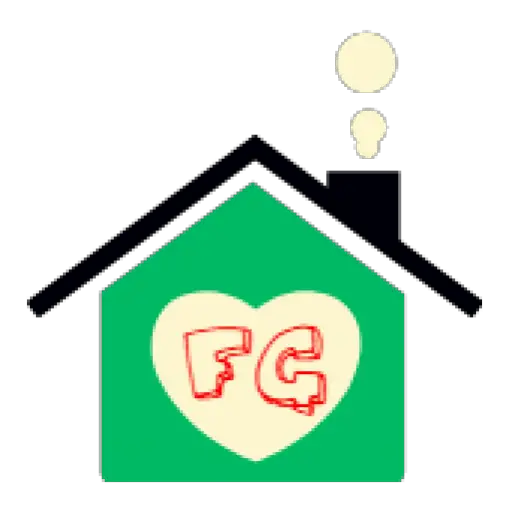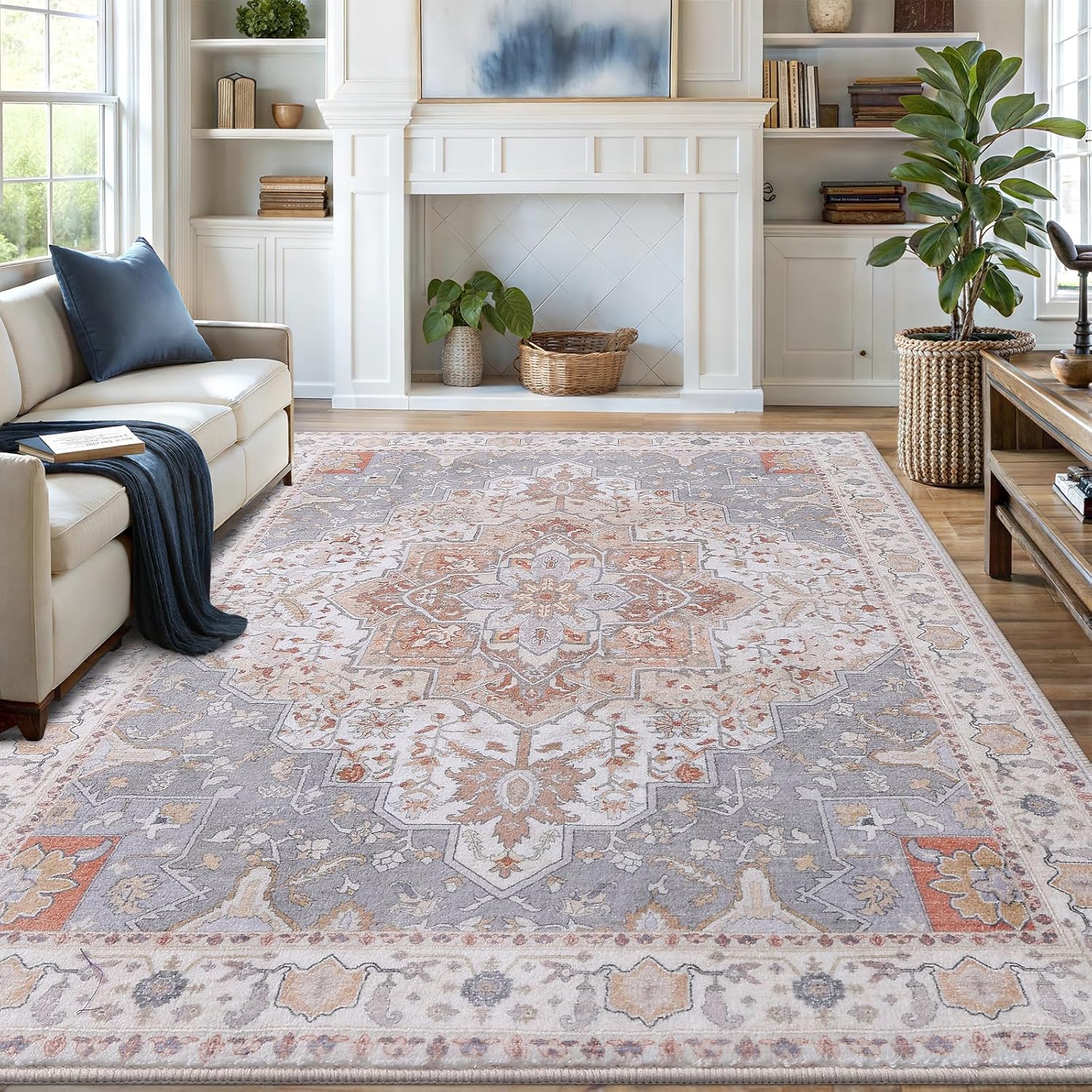To clean soap residue left behind by mopping, mix equal parts vinegar and water, apply to the area, scrub gently, and rinse with clean water.
Soap residue left after mopping creates dull, sticky floors that attract dirt. This common problem stems from improper cleaner dilution, hard water, or product buildup. Learn how to eliminate residue and prevent future issues with these expert techniques.

Why Soap Residue Forms on Floors
Residue appears as cloudy streaks or sticky patches after mopping. Three primary causes exist:
- Over-concentrated cleaners: Too much soap creates a film that won’t rinse clean
- Hard water minerals: Calcium and magnesium react with soap to form scum
- Product buildup: Repeated mopping with residue-leaving cleaners creates layers
Types of Flooring Most Affected
Some surfaces show residue more than others:
| Floor Type | Residue Visibility |
|---|---|
| Vinyl plank | High – shows streaks easily |
| Laminate | High – appears cloudy |
| Porcelain tile | Medium – visible in light |
| Engineered wood | Medium – dulls finish |

Step-by-Step Residue Removal
1. Ammonia Solution Method
For severe buildup:
- Sweep or vacuum thoroughly
- Mix 1 cup ammonia with 1 gallon warm water
- Mop with terry cloth mop head
- Hand-buff stubborn areas with microfiber
- Let dry completely before walking
Warning: Never mix ammonia with bleach. Ensure proper ventilation.
2. Vinegar Rinse Technique
For regular maintenance:
- Clean floor normally with mild soap
- Mix 1 cup white vinegar with 1 gallon water
- Rinse floor with vinegar solution
- Dry immediately with clean towel
Vinegar dissolves mineral deposits without harsh chemicals. For engineered wood floors, use half-strength vinegar.
Preventing Future Residue
Proper Cleaning Techniques
- Use correct dilution ratios for all cleaners
- Change mop water frequently (every 200 sq ft)
- Rinse with clean water after soap application
- Dry floors completely after mopping
Product Selection Tips
Choose cleaners labeled:
- “Residue-free”
- “No-rinse”
- “Hard water formula”
According to cleaning expert Lisa Bronner, avoid mixing soap with vinegar in the same solution as it creates an ineffective, oily mixture.
Special Considerations
For Homes with Hard Water
Install a water softener or use citric acid instead of vinegar. The EPA recommends water softening systems for areas with over 7 grains per gallon hardness.
For Commercial Spaces
Use automatic scrubbers with clean water rinse cycles. High-traffic areas need specialized cleaning approaches to prevent buildup.

